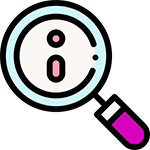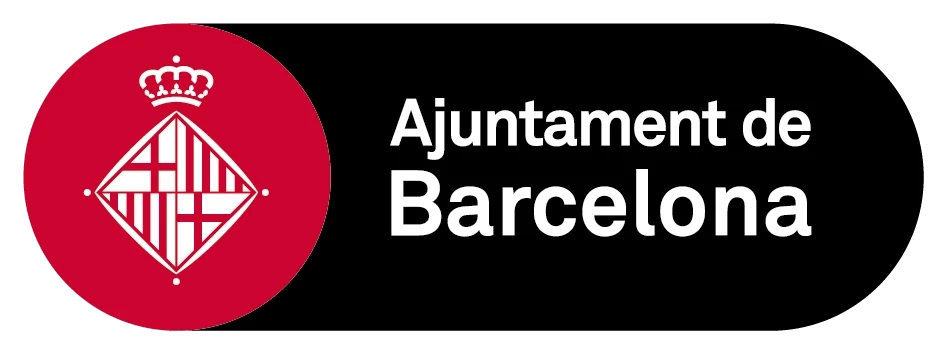(A) What is Disinformation
Building Block A
This building block belongs to Digital Toolkit

Let's start with the basics: what is disinformation?
Learning Objectives
- Students can explain what disinformation is and can explain the difference between disinformation and reliable information.
- Students can explain how solid journalism is created.
- Students learn about different forms of misleading news.
- Students can verify online content based on various criteria.
Skills
Critical and questioning attitude towards media. A critical attitude towards media refers to the ability to analyze, compare and select media messages. This makes it possible to identify the purpose of various messages in order to identify misleading, false and incomplete information (Imedial, 2020). A questioning attitude refers to asking ourselves what kind of content it is, where it is published and who benefits from it (Matthews, 2019).
How to best use
This building block can be used for various school subjects and is suitable for teachers who want to contribute to the critical awareness, the reflective capacity and the practical skills of their students when it comes to disinformation. It can be included in many different ways, such as math lessons on graphs, social studies, political classes, geography, history, and languages.





Share: